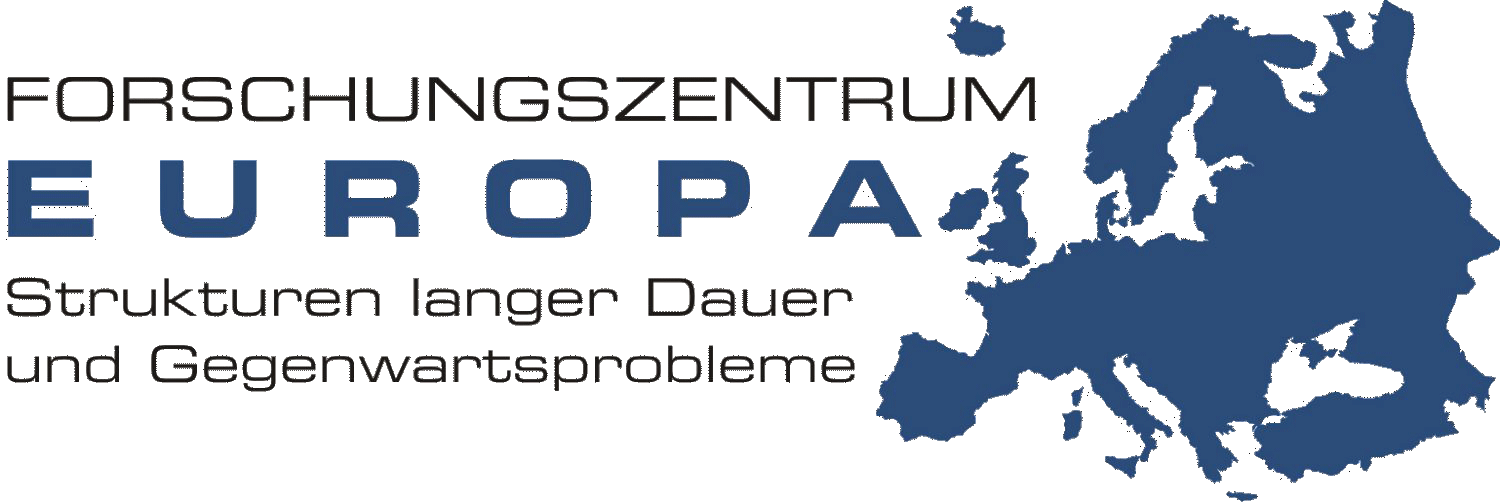Country article in printed Atlas
765842
{:}
1
apa
50
default
969
https://daeh.uni-trier.de/wp-content/plugins/zotpress/
Chronology
| 1826 | Cultural association Matica Srpska in Pest (Hungary), later moved to Novi Sad (1864) |
| 1844 | Introduction of the subjects General History and History of the Serbs at the Liceja (Lyceum) in Belgrade (turned into the Velika Škola – Grand School in 1863) |
| 1886 | Srpska akademija nauka i umetnosti (Serbian Academy of Sciences and Arts) in Belgrade |
| 1900 | Arhiv Serbije (Archive of Serbia) in Belgrade |
| 1906 | University of Belgrade (with chairs and later an institute for history) |
| 1934 | Balkanološki institut (Balkanological Institute) in Belgrade (until 1941; re-established in 1963) |
| 1947 | Istorijski institut (Historical Institute) at the Serbian Academy of Sciences and Arts in Belgrade |
| 1948 | Vizantološki institut (Byzantinist Institute) at the Serbian Academy of Sciences and Arts in Belgrade |
| 1948 | Istorijsko društvo NR (SR) Serbije (Historical Association of the PR – later SR – Serbia) |
| 1954 | Philosophical Faculty in Novi Sad, Department of History |
| 1960 | Philosophical Faculty in Priština, Department of History (since 1963) |
| 1963 | Institut za izučavanje istorije Vojvodine (Institute for the Study of the History of the Vojvodina) in Novi Sad |
| 1963 | Istorijski muzej Serbije (Historical Museum of Serbia) in Belgrade |
| 1965 | Institut za istoriju radničkog pokreta Serbije (Institute for the History of the Workers’ Movement of Serbia) in Belgrade, later renamed Institut za noviju istoriju Srbije (Institute for the Recent History of Serbia) |
| 1967 | Instituti i Historise (Institute of History), later Institut za istoriju Kosova (Institute for the History of Kosovo) in Priština |
| 1967 | Instituti Albanologjik ne Prishtine (Albanological Institute in Priština) |
| 1969 | Institut za savremenu istoriju (Institute for Contemporary History) in Belgrade, previously called Institut za istoriju radničkog pokreta (Institute for the History of the Workers’ Movement) |
| 1998 | Philosophical Faculty in Niš (with chair of national history) |
Bibliography
(References are included up to 2009)
765842
F4DGU7P2
Serbia
1
apa
50
creator
asc
969
https://daeh.uni-trier.de/wp-content/plugins/zotpress/








